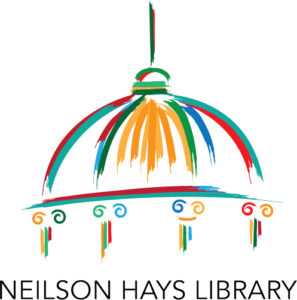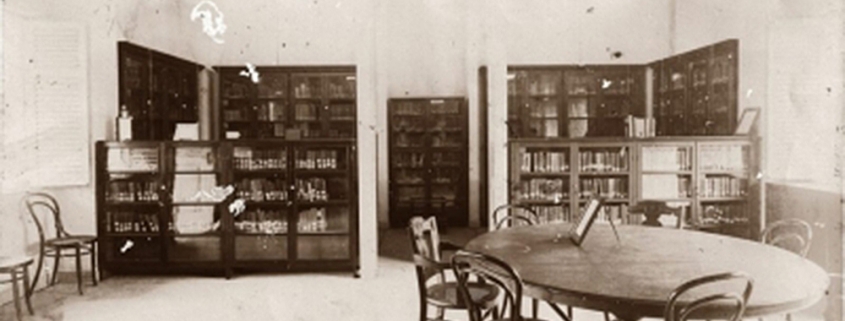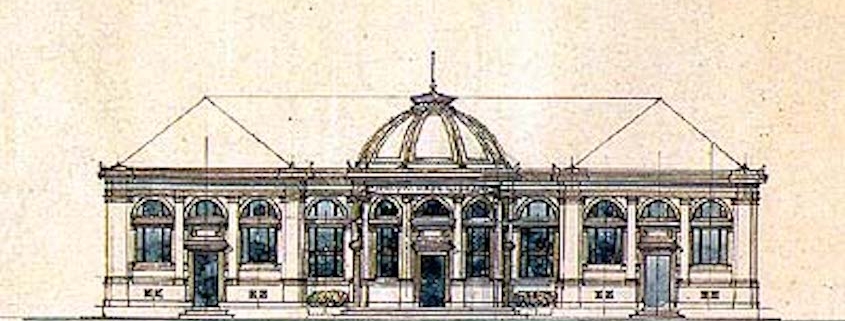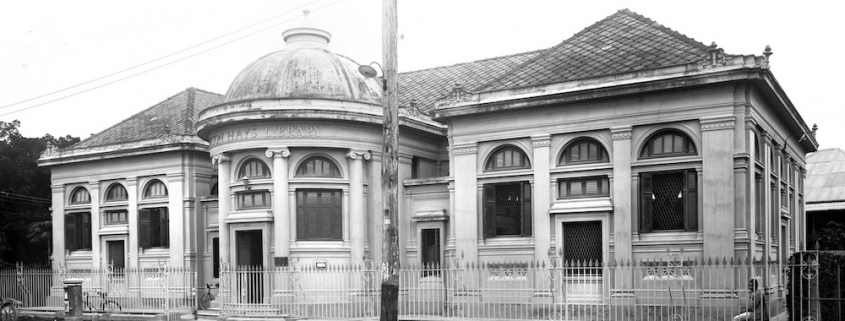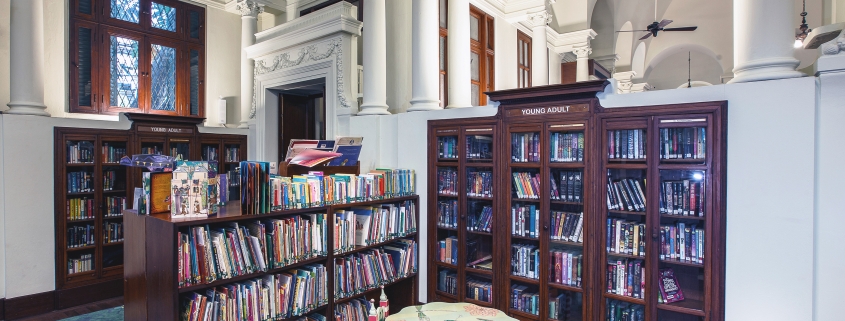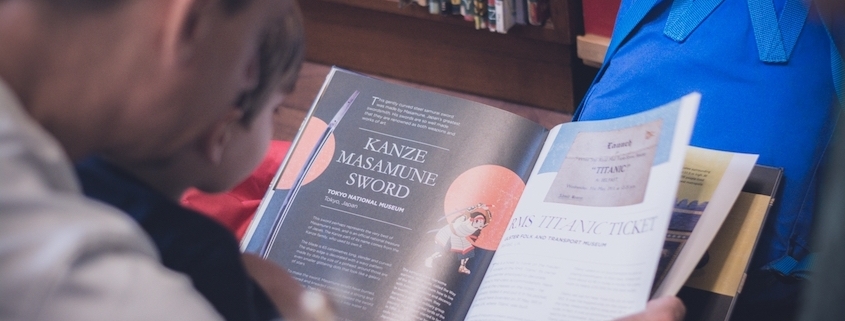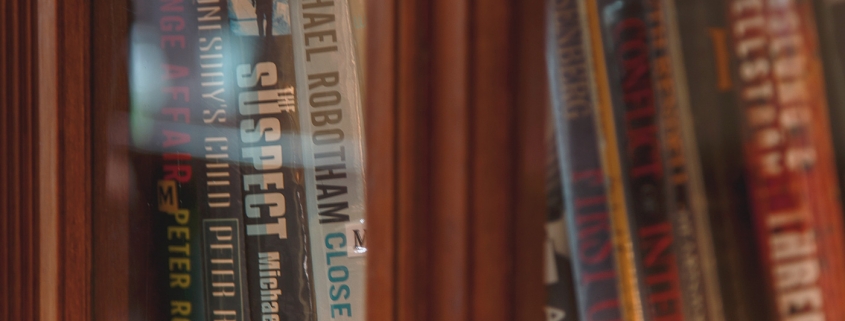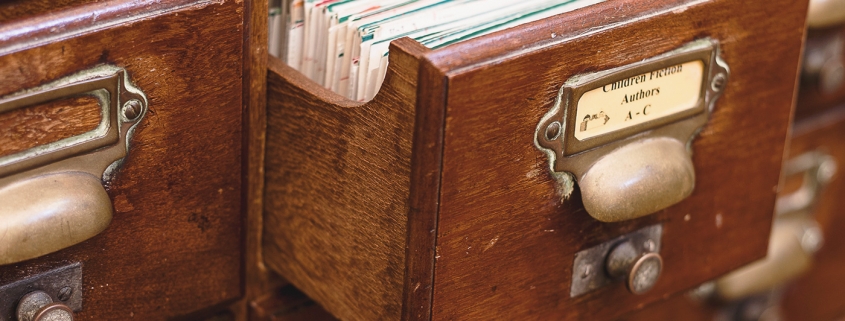Explore…
“I love books. I adore everything about them. I love the feel of the pages on my fingertips. They are light enough to carry, yet so heavy with worlds and ideas. I love the sound of the pages flicking against my fingers. Print against fingerprints. Books make people quiet, yet they are so loud.” — Nnedi Okorafor, The Book of Phoenix
Housing approximately 20,000 books, the Neilson Hays Library is one of the largest collections of English language titles in Bangkok open to the general public. Offering a wide variety of contemporary fiction, non-fiction and children’s books, new books are added to the collection every month.
VISIT US
A donation of 100 THB is required per person from non-members using the library’s facilities. Neilson Hays Library is a non-profit organization funded by members’ subscription.
OPERATING HOURS
Tuesday – Sunday, 9:30 AM – 5:00 PM
(closed Monday)
ADDRESS
195 Surawong Road
Suriyawongse, Bangrak
Bangkok 10500, Thailand
Tel: 662 233 1731
email: info@neilsonhayslibrary.org
BUSINESS POLICY
Books and counting
